(575 products available)
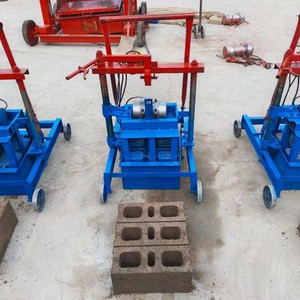

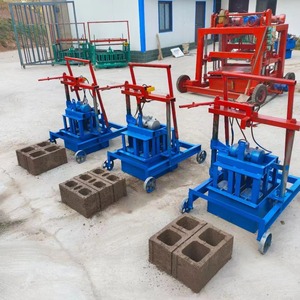


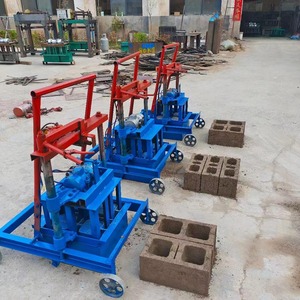












































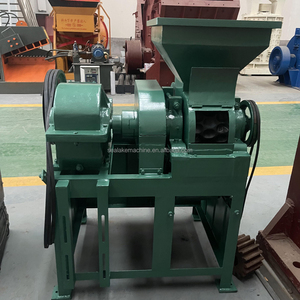
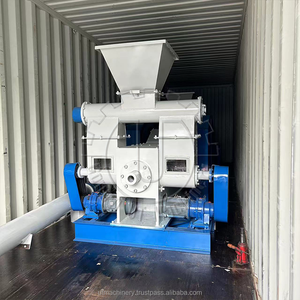



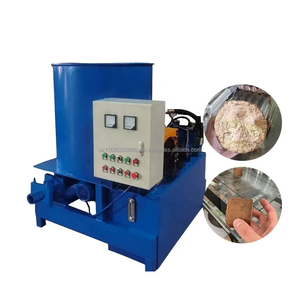
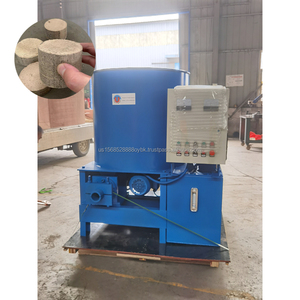










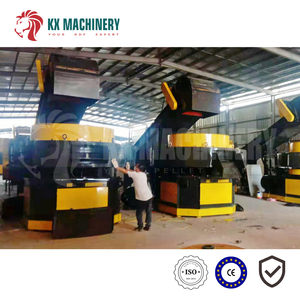
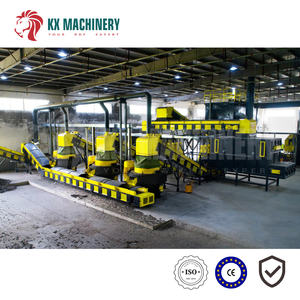






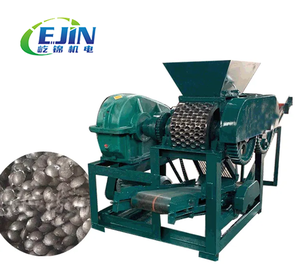
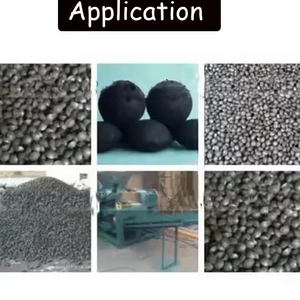





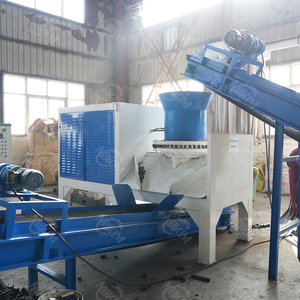


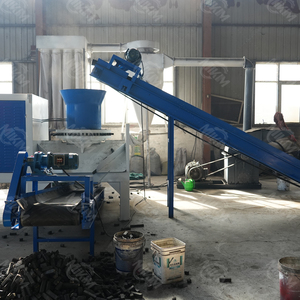







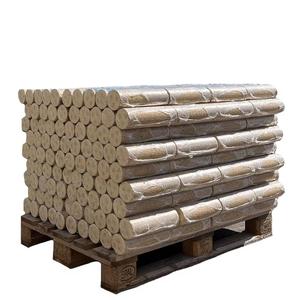
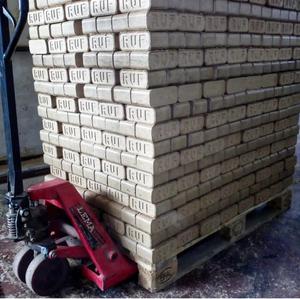

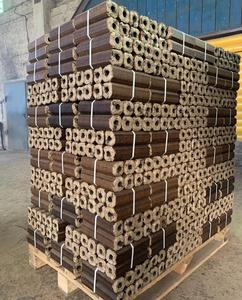
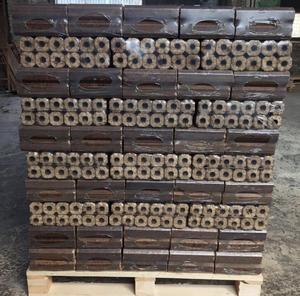
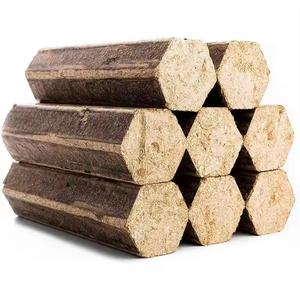










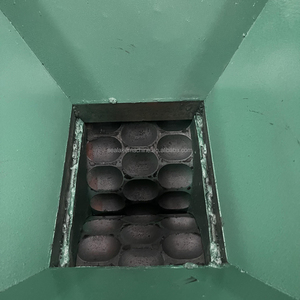

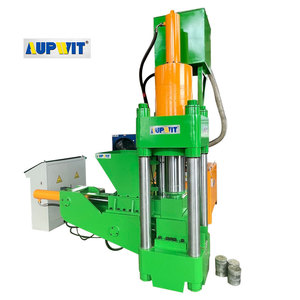



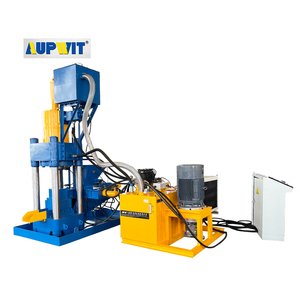
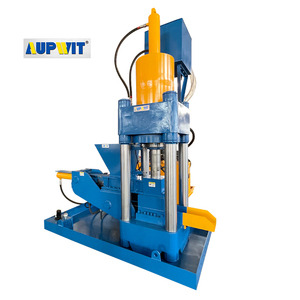




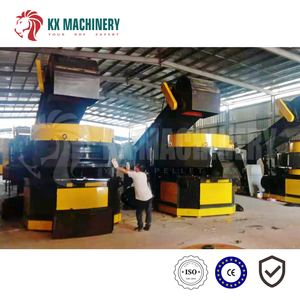




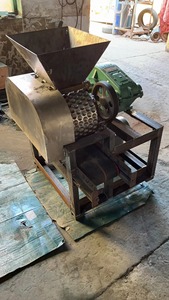
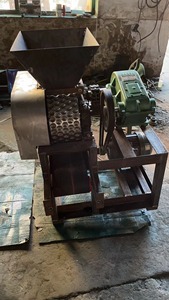

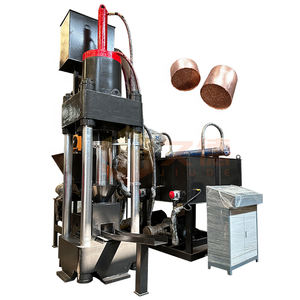
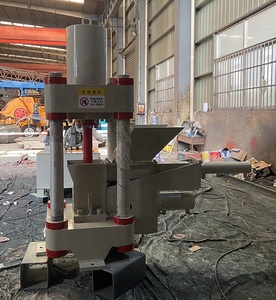

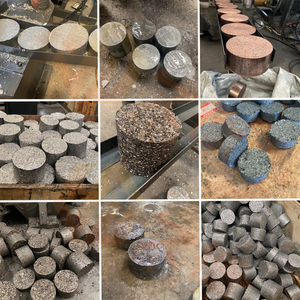












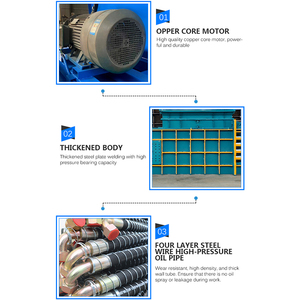
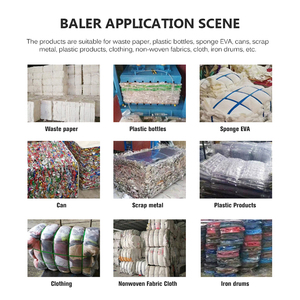



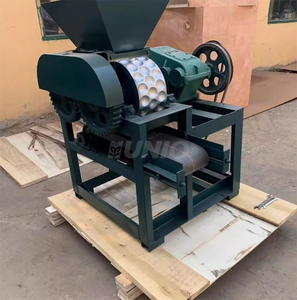


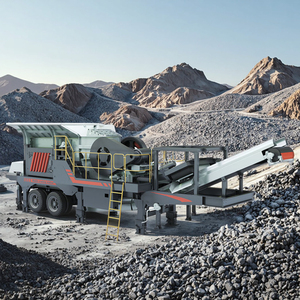

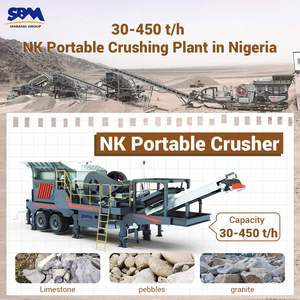


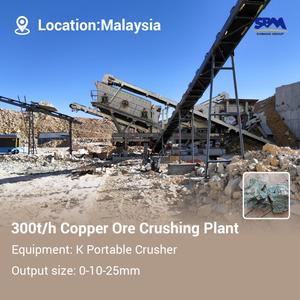






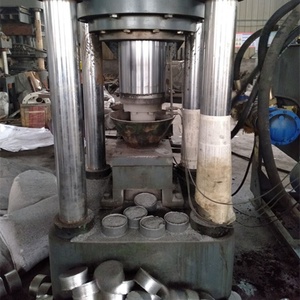
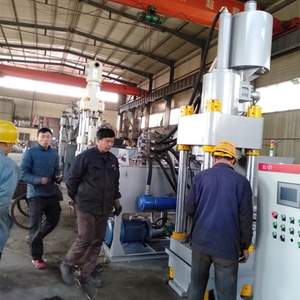
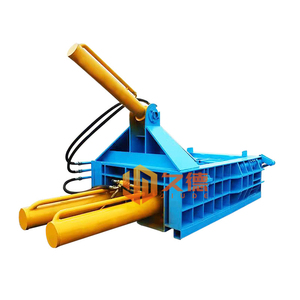

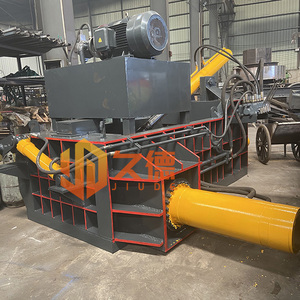











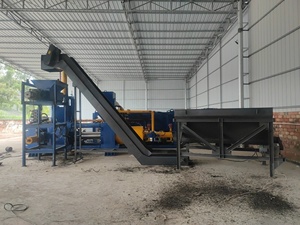
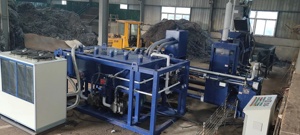


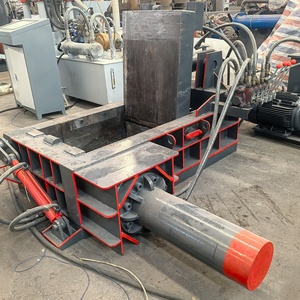
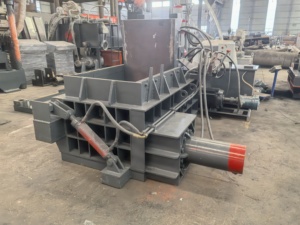






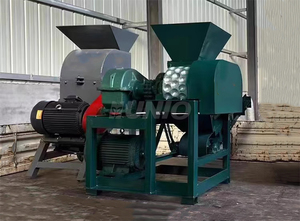
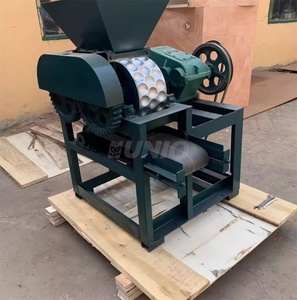
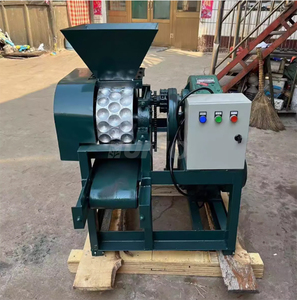
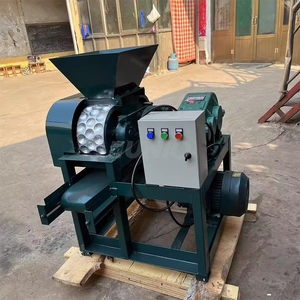
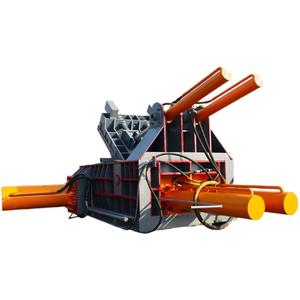





















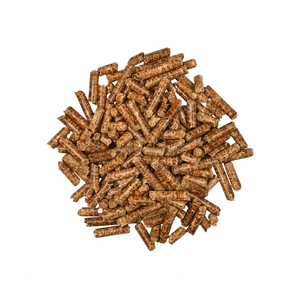

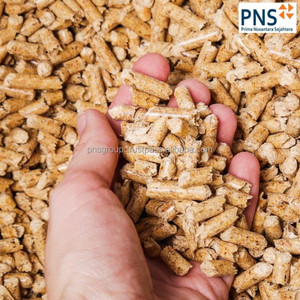




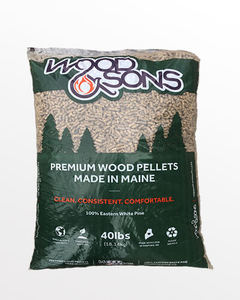




A briquetting system is a machine that compresses powdery and granular material into compact, solid form known as briquettes. There are the following types of briquetting systems:
Roller press
The roller press briquetting system is a machine that uses the principle of the roll tight to compress powdery and granular material into briquettes. The material is fed into the gap between the two rotating rollers, which exert high pressure on the material, causing it to agglomerate and form briquettes. The compacted material is then discharged from the machine in the form of briquettes. The roller press briquetting system is suitable for various materials, including coal, mineral powder, dust, and others that are easily and loosely aggregated. It is widely used in the metallurgy, mining, chemical, and environmental protection industries. The roller press briquetting system has the following advantages: It is efficient and has high production capacity.
Its operating procedure is simple. The disadvantage is that it is a little noisy when working.
Screw press
The screw briquetting system is a machine that compresses the biomass materials into briquettes by means of a screw. In the machine, a rotating screw pushes the material through a heated chamber, where it is melted and formed into briquettes. The screw briquetting press system not only produces the briquettes, but also provides a feed mechanism for the machine. They are suitable for biomass materials with low to medium density, like sawdust, straw, peanut hull, bamboo chips, etc., and are commonly used in small to medium-scale production units.
The screw briquetting press system has the following advantages: It is safe and has low noise during the operation. What is more, it is also affordable and easy to maintain. In addition, the machine can operate alone without a work team. However, machines that adopt the screw compressing mechanism usually have low efficiency compared with roller presses.
Hydraulic piston
The hydraulic piston briquetting system is a machine that uses high hydraulic pressure to compress material into briquettes. It offers flexibility in pressure adjustment and produces high-density briquettes. The hydraulic piston briquetting systems are suitable for materials that are difficult to form, like metal scrap, hard wood, etc. They are commonly used in the metal recovery, waste recycling, and biomass energy industries. The hydraulic piston briquetting system has the following advantages: It can produce high-density briquettes. Another advantage is that it is flexible so that users can adjust the pressure according to their needs. Also, the machine is suitable for difficult-to-form materials.
Briquetting machine size and weight:
The size of the briquette machine is usually specified in terms of length, width, and height. The dimensions of the machine can vary, depending on the size of the briquettes it produces. An example of a specification is a machine with a length of 2,500 mm, width 1,400 mm, and height 1,350 mm. The weight of the machine can vary from about 2,400 to over 3,200 kg.
Production capacity:
The production capacity of a briquetting machine refers to the amount of briquettes it can produce in a given time. It is usually specified in kilograms or tons per hour. Some medium-sized machines have a capacity to produce 300-500 kg/h, while larger machines can produce 700-1,000 kg/h.
Compression Power:
The compression power of briquetting machines indicates how much force is applied to the biomass or other materials to increase their density and form solid briquettes. The power is typically specified in kilowatts (kW) or horsepower (HP). Some machines operate with a 75 kW-90 kW/100 HP-120 HP motor power. Higher compression power results in a greater production capacity.
Raw materials and their moisture content:
Briquetting systems can compress various raw materials such as wood dust, straw, herb, and coal ash. Because different materials have different structures and properties, the size and design of the briquetting machine will be different. Briquetting machines can also handle raw materials whose moisture content varies between 12% and 50% or more.
Types of briquettes:
The shape and size of the briquettes can be cylinders with a length of 100-500 mm and a diameter of 20-90 mm; hexagon with a length of 100-500 mm and a diameter of 20-100 mm; and square with a side of 20-100 mm and length up to 500 mm. The buyer can choose the shape and dimensions of the briquettes, depending on the needs of customers.
Like any machine, the briquetting machine requires maintenance for it to perform well and last long. A regular inspection of the machine is essential to see if any parts need repair or replacement to keep the machine functional and avoid breakdowns. It is also vital to maintain a clean machine to ensure product quality.
Regular inspection and cleaning:
Regularly check the fasteners to see if any are loose. Tighten the loose ones. Look at the wear parts like bearings, main shafts, output shafts, and rollers. Inspect them for damage or wear. Clean the machine to remove any smeared or dirty oil and dust deposits. Maintain an oil-free, clean, and bright surface on the machine.
Lubrication and cooling of parts:
Lubricate all movable parts to keep them smooth and to prevent normal wear and tear. Oil all roller shafts and bearings, eccentric shafts, and bearings, and gearbox seals. Lubricate them frequently when the machine works continuously. Some briquetting machines have a water-cooling system that regulates the machine's temperature. The water tank needs to be inspected to ensure that there is enough circulating water to keep the operating temperature within the specified range.
Replacement of damaged components:
If any damaged parts are found during the inspection like gaskets, seals, guide bearings, water tank, etc., repair them or replace the whole component to improve product quality and keep the machine working well.
Regular adjustment:
Occasionally, the briquetting machine requires adjusting feeding, discharge, and squeezing ports. The clearance of these ports should be maintained to ensure proper briquette formation and consistent product quality. Other parameters require adjustments. They include the feeding speed, compression pressure, temperature, and moisture content of raw materials.
Industrial waste management:
Energy production:
Briquettes are often burned as a source of energy. They are used extensively in metallurgy and steel-making industries, especially in countries like India, Sri Lanka, and Pakistan, where coconut chaff is a huge by-product. Charcoal briquettes serve as a great energy source, and many people use them instead of firewood for barbecuing.
Construction and building materials:
Briquetting machines can compress various materials, including fly ash, a byproduct of coal-fired power plants, into briquettes that can be used as building blocks or aggregate in construction.
Coconut shell briquetting machines:
These are popular in tropical countries where coconut trees grow. The shells of coconuts are a major waste product after the milk and meat are extracted for human consumption. Sellers target buyers from colder countries who love burning briquettes made from coconut shells because of the high-energy value and low ash after burning.
Biomass briquetting systems:
These systems are perfect for companies that generate biomass waste, such as sawdust, straw, rice husks, and palm oil fronds. They can convert this waste into high-density fuel briquettes, thereby adding a new revenue stream for these companies. Investing in a biomass briquetting machine is a smart choice for both financial gain and environmental responsibility.
Business buyers shopping for a wood briquetting system or any other type of briquetting machine need to consider a wide range of factors. First and foremost, they have to confirm the raw material type the machine is designed to handle. In many cases, briquetting machines are designed to handle specific types of materials. So, buyers need to ensure that the machine they're getting will effectively process the material they plan to use.
Another important factor to consider when choosing a briquetting system is its production capacity. Production capacity is the amount of briquettes a machine can produce within a specific time frame. This is a crucial factor to consider if buyers want to meet a specific demand. When choosing a briquetting system based on the production capacity, business buyers should pay attention to a machine's compression force and feeding rate, as these factors will influence its production capacity.
The type of fuel a briquetting machine uses is also very important. Machines that use coal or charcoal require different handling and storage methods because of their flammability. Machines that use biomass fuel or are electric may be easier and safer to handle. Electric briquetting machines are easier to operate than those that use solid fuel. Operating Conditions also matter when choosing a briquetting system. Buyers need to consider factors like temperature, moisture content, and ambient atmosphere. For example, if the ambient temperature is too high or too low, a binder may be required to improve cohesion.
Production costs also come into play when choosing a briquetting system. Business buyers need to consider the system's installation and maintenance costs. They also have to look into its energy consumption and spare parts requirements. Buying a briquetting machine is a long-term investment, so it is vital for business buyers to consider the after-sales support the supplier provides. In most cases, the technical support that manufacturers provide helps buyers know their machine inside and out. It helps them set realistic expectations regarding the machine’s performance and maintenance needs.
The level of automation of a briquetting machine can determine how much support an employee the machine will need. Buyers should consider how much human and automated support their business has and choose a briquetting system that matches that.
Q: Do briquetting systems increase the density of materials?
A: Yes, briquetting systems are designed to compress loose materials, increasing their density up to ten times, making them easier to store and transport.
Q: What type of waste materials can the briquetting system deal with?
A: The briquetting system can deal with various types of waste materials, including organic materials, biomass, and industrial and commercial waste materials such as paper, plastics, ceramics, counter weight, rubber, textiles, metals, etc.
Q: Can the briquetting system deal with metal materials?
A: Yes, the briquetting system can compress loose metal materials, including ferrous and non-ferrous metals such as steel, iron, copper, aluminum, zinc, etc. Metal scrap is usually very difficult and bulky waste material to deal with. Use the right briquetting system to compress them into compact metal briquettes for easy storage, sale, sharing, and processing.
Q: Do briquetting systems improve material properties?
A: Yes, briquetting systems improve the material properties by altering their internal structure, resulting in higher cohesion, increased strength, and resistance to water, oxidation, and acids. The material can also be better utilized, as its combustion and calorific value will be higher.
Q: Do briquetting systems reduce carbon footprints?
A: Yes, using a briquetting system can help businesses reduce their carbon footprints by minimizing waste sent to landfills and making it easier to utilize waste materials as energy sources, thereby reducing reliance on fossil fuels.
Q: What are the two types of briquettes that a briquetting system can make?
A: The briquetting system can make two main types of briquettes: biomass briquettes and chemical briquettes. Biomass briquettes are made from organic material, and chemical briquettes are produced from chemical materials.